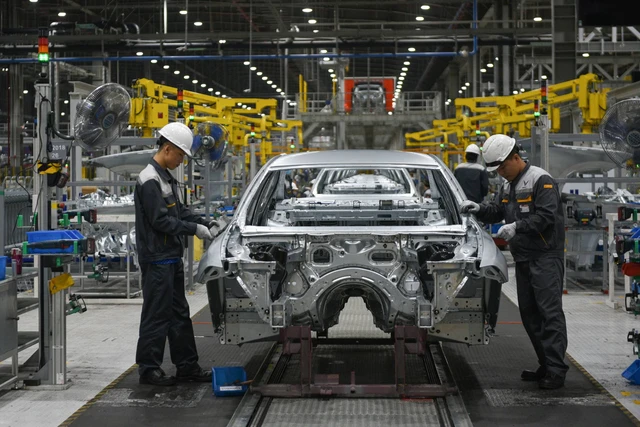Viet Nam’s PMI hits a plateau in May
VGP – Viet Nam’s Manufacturing Purchasing Managers’ Index (PMI) was kept stable at 50.3 in May, mainly fuelled by expansion of new orders, according to the latest report published on June 3 by S&P Global.

Illustration photo
Enterprises moved to increase their purchase, although employment declined for the second month running amid resignations and extended staff absences.
Meanwhile, there was a marked acceleration in the rate of input cost inflation during the month. In turn, manufacturers subsequently moved to raise their own selling prices for the first time since February.
Experts shared that new orders increased solidly once again in May amid a strengthening demand environment helping firms to secure new customers and bring in new business. The rate of expansion was only slightly softer than that seen in April, however.
Andrew Harker, economics director at S&P Global Market Intelligence, said: “The latest S&P Global Viet Nam Manufacturing PMI data was something of a mixed bag. On the positive side of the ledger, new orders were up solidly again amid signs that demand growth is being sustained, prompting a sharper increase in production in May.”
"On the other hand, there are concerns around staffing levels and inflationary pressures. The former decreased again and at a solid pace, potentially limiting capacity at firms. Meanwhile, cost inflation was the fastest in close to two years, feeding through to higher output prices. This could have the effect of restricting demand in the months to come,” he added./.

